 In this Weekend Walkabout, we travel to India (learning about a Space Conference and why that’s important to fans of the space elevator) and then to Singapore (finding a “space elevator” at the Space Invention Camp) and then on to England (watching a cool video of a carbon nanotube ‘forest’) and finally winding up on Broadway (for a really short story with a space elevator in it).
In this Weekend Walkabout, we travel to India (learning about a Space Conference and why that’s important to fans of the space elevator) and then to Singapore (finding a “space elevator” at the Space Invention Camp) and then on to England (watching a cool video of a carbon nanotube ‘forest’) and finally winding up on Broadway (for a really short story with a space elevator in it).
 First up is a Space conference being held early next year in India. The second International Space Conference is being held on January 8th and 9th at Amity University in Noida, India. While this conference will be focusing on “normal” space subjects (satellites, interplanetary missions, etc.), the International Space Elevator Consortium (ISESC) will also be represented there by Mr. Sourabh Kaushal. Sourabh has presented at previous Space Elevator Conferences and was also a contestant in the now-defunct Artsutanov-Pearson competition. He will have several ISEC publications (ISEC reports and CLIMB – the Space Elevator Journal) to hand out and talk about while he’s there.
First up is a Space conference being held early next year in India. The second International Space Conference is being held on January 8th and 9th at Amity University in Noida, India. While this conference will be focusing on “normal” space subjects (satellites, interplanetary missions, etc.), the International Space Elevator Consortium (ISESC) will also be represented there by Mr. Sourabh Kaushal. Sourabh has presented at previous Space Elevator Conferences and was also a contestant in the now-defunct Artsutanov-Pearson competition. He will have several ISEC publications (ISEC reports and CLIMB – the Space Elevator Journal) to hand out and talk about while he’s there.
I have written about India and the space elevator before, discussing my belief that they could be a real player whenever a space elevator becomes viable. They have a real space program with many impressive achievements, a real military (necessary to defend a space elevator) and open sea lanes to two locations in the Indian ocean that the Edwards-Westling baseline book indicated as prime possibilities to locate a space elevator. Add to this their national obsession with beating China in every way they can and I think they must be taken seriously when the materials finally become available to build a space elevator.
 Recently I blogged about a study done several years ago extolling the virtues of the island nation of Singapore relating to building a space elevator. I just found a video of a “space elevator” being part of, I believe, the Wonderswork Space Invention Camp being held in Singapore in November and December of this year.
Recently I blogged about a study done several years ago extolling the virtues of the island nation of Singapore relating to building a space elevator. I just found a video of a “space elevator” being part of, I believe, the Wonderswork Space Invention Camp being held in Singapore in November and December of this year.
You can see a Lego poster in the background of the video. Young (ages 5 and up) children use these Legos and then advance to Lego Mindstorm kits to build various projects, including the ribbon climber shown in the video. It’s nice to see kids as young as this exposed to these types of technologies.
Next up is a video of a carbon nanotube forest grown at the University of Cambridge in England. Sadly, they talk about growing these nanotubes for “…their use in various electronic devices…” but Cambridge is also one of the leading research institutions in examining the materials/structural properties of carbon nanotubes (along with Rice University and the University of Cincinnati).
This would be a good time to mention a project I’ve just started and that is a materials review of carbon nanotubes, carbyne, graphene and boron-nitride nanotubes, the leading candidates at this time for becoming strong enough at the macro-level to build a space elevator. In case you’ve ever wondered why these materials are the best candidates, you should enjoy my multi-part post on this subject that I’m planning. It’s probably a couple of weeks away, but I’m enjoying putting it together. Stay tuned!
 Finally, we have a (very) short story with a space elevator as a part of it; Yes Way or Nuclear Bomb Called Desire. I don’t know if Tennessee Williams would have approved, but he probably wouldn’t have minded, either.
Finally, we have a (very) short story with a space elevator as a part of it; Yes Way or Nuclear Bomb Called Desire. I don’t know if Tennessee Williams would have approved, but he probably wouldn’t have minded, either.
The brevity of this story reminds me of the Urban Legend revealing the winner of a concise essay contest combining the elements of religion, sex and mystery. The winner:
“Good God, I’m pregnant! I wonder who did it?“
And with that, I bid you all a good week…

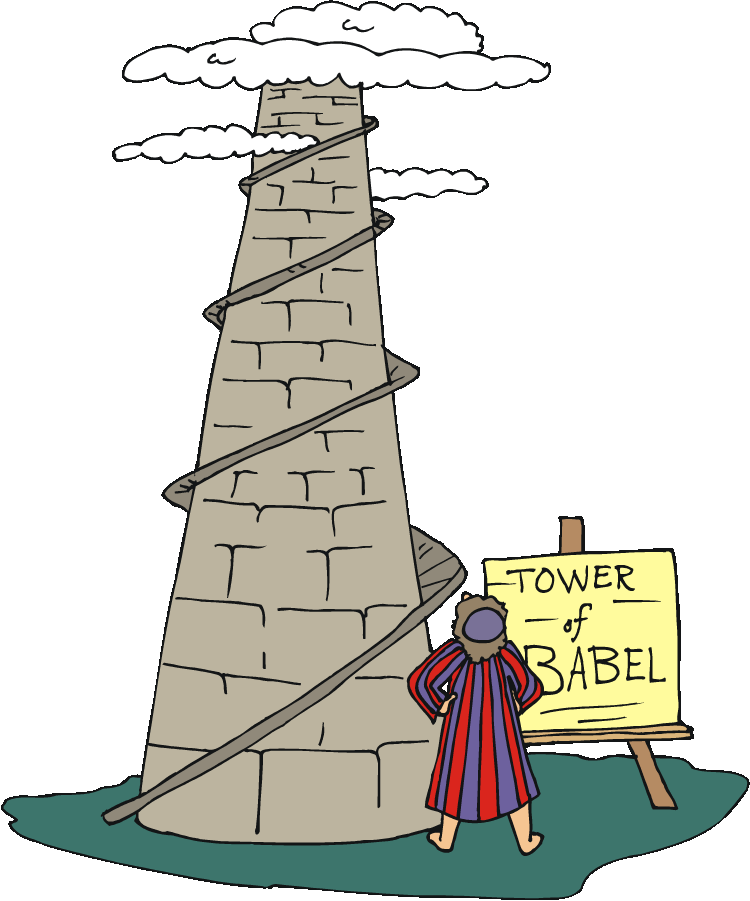 Many years ago, I started a Translation Project for this site. My idea was to find all of the translations for the English/American term “space elevator” and publish them here on this blog.
Many years ago, I started a Translation Project for this site. My idea was to find all of the translations for the English/American term “space elevator” and publish them here on this blog. Over the years, I have come across several sites around the web which host questions and answers regarding the space elevator. Many of these appear to be essentially fact-free and not worth the time visiting.
Over the years, I have come across several sites around the web which host questions and answers regarding the space elevator. Many of these appear to be essentially fact-free and not worth the time visiting.
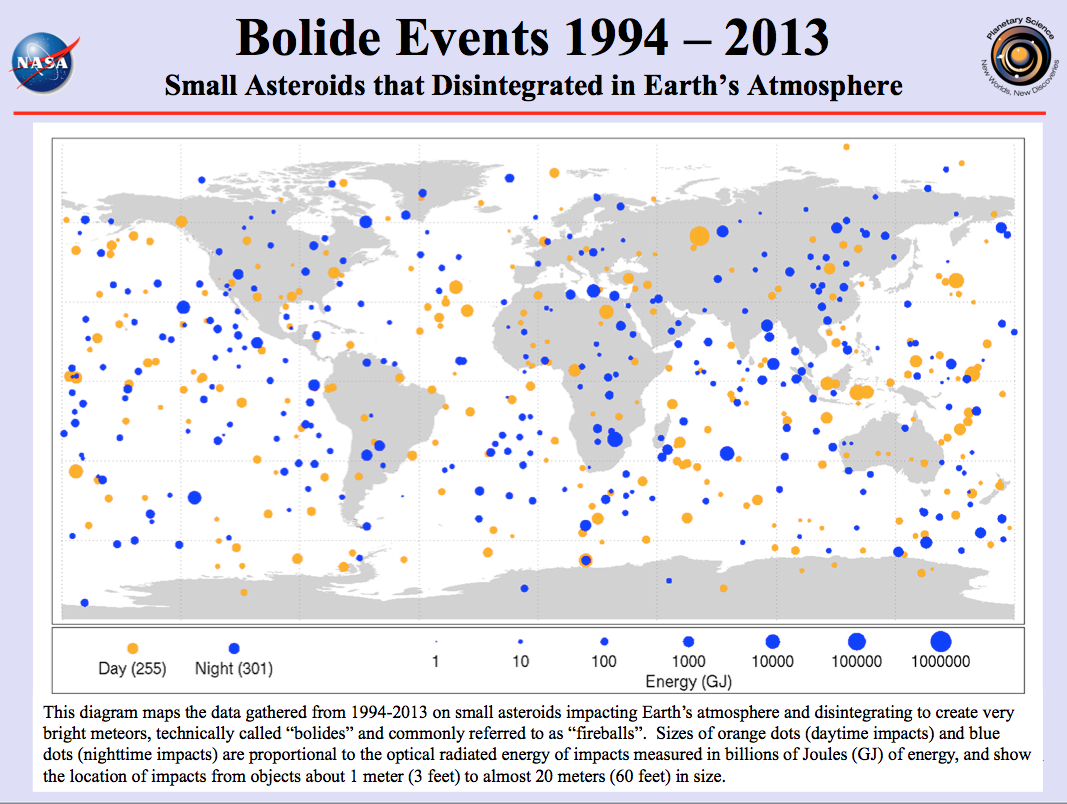
 According to
According to 
 Mini-Workshops were held at both the 2013 and 2014 ISEC Space Elevator Conferences. These Workshops, conducted by a subject expert, delved more deeply into individual topics relating to the Space Elevator. Summaries of many of these Workshops are now available here on the
Mini-Workshops were held at both the 2013 and 2014 ISEC Space Elevator Conferences. These Workshops, conducted by a subject expert, delved more deeply into individual topics relating to the Space Elevator. Summaries of many of these Workshops are now available here on the  ISEC has announced the
ISEC has announced the 
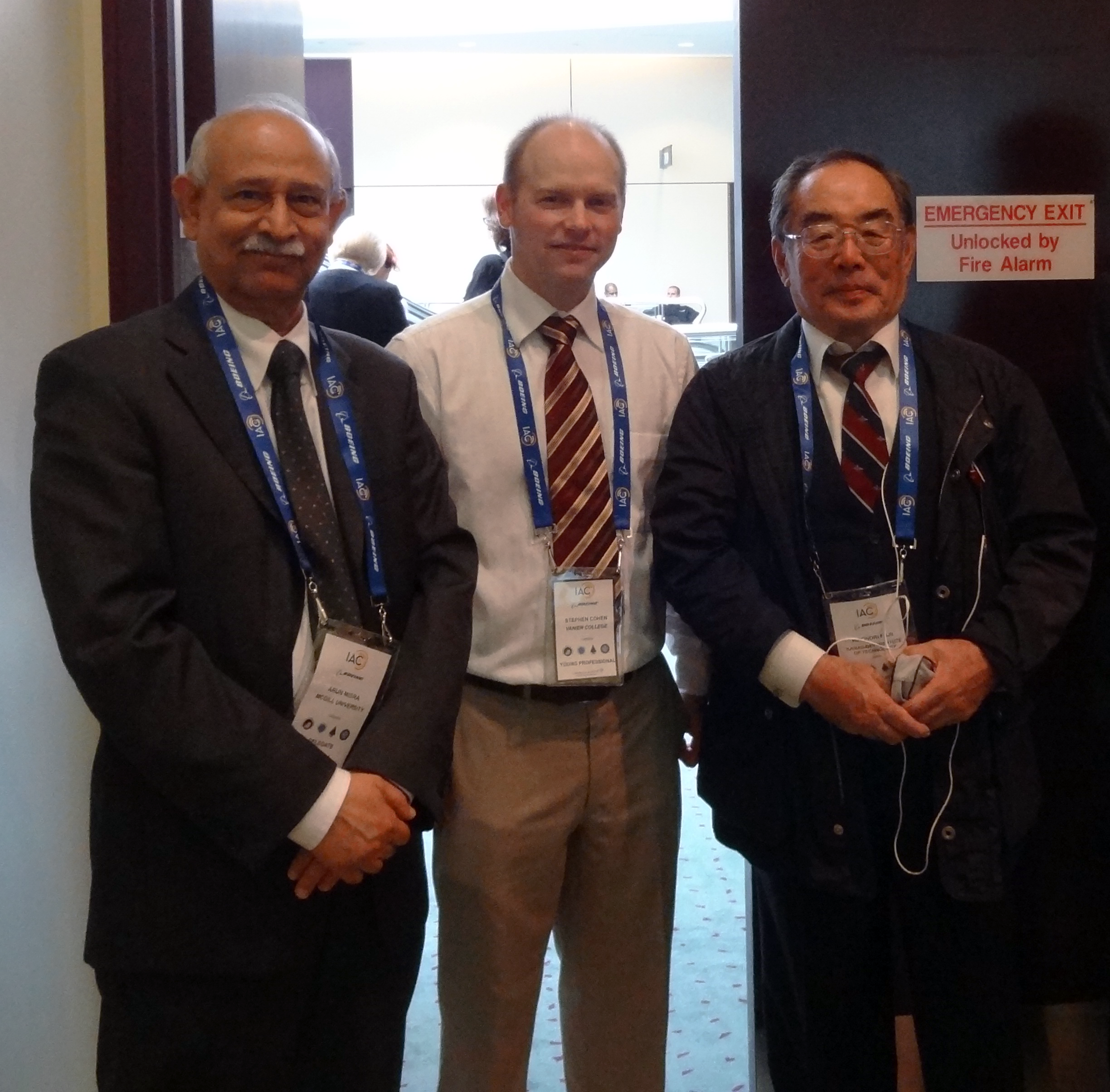
 I started this blog in April of 2006. At that time, blogging was still fairly new and pretty much state-of-the-art in terms of private individuals being able to opine about a topic on the Internet.
I started this blog in April of 2006. At that time, blogging was still fairly new and pretty much state-of-the-art in terms of private individuals being able to opine about a topic on the Internet. I probably should have done this long ago, but I confess I’m a bit of a dinosaur when it comes to Social Media. But it really is possible to (occasionally) teach an old dog new tricks and I’m happy to oblige.
I probably should have done this long ago, but I confess I’m a bit of a dinosaur when it comes to Social Media. But it really is possible to (occasionally) teach an old dog new tricks and I’m happy to oblige.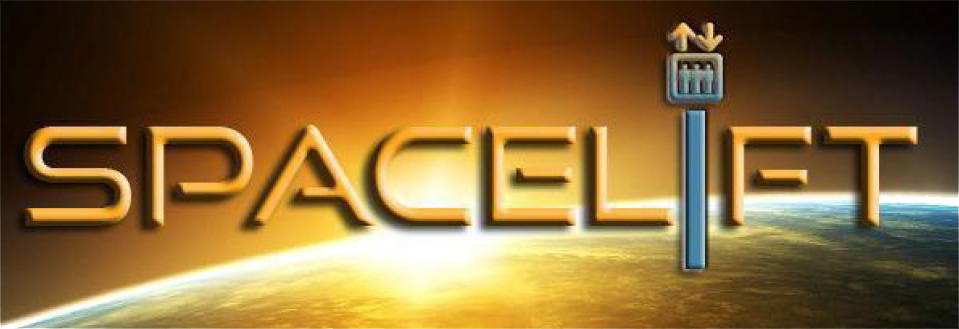
 Wikistrat
Wikistrat The American Association for the Advancement of Science (AAAS)
The American Association for the Advancement of Science (AAAS) 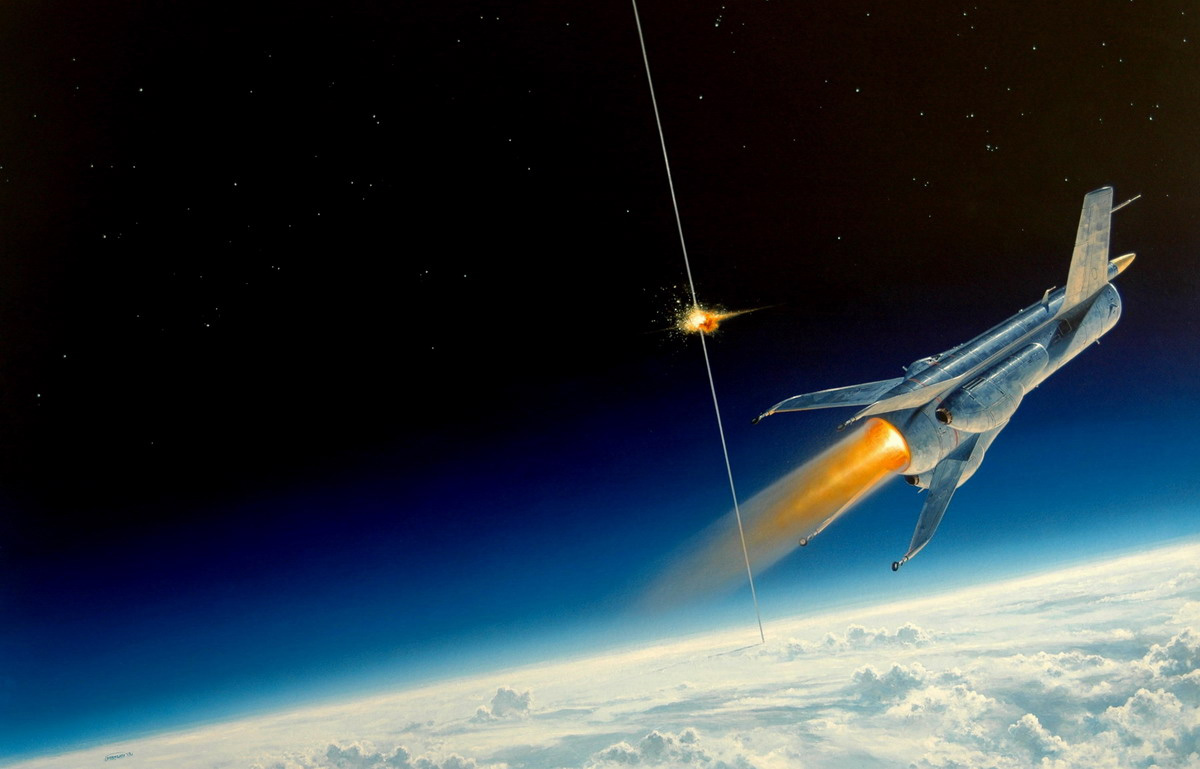
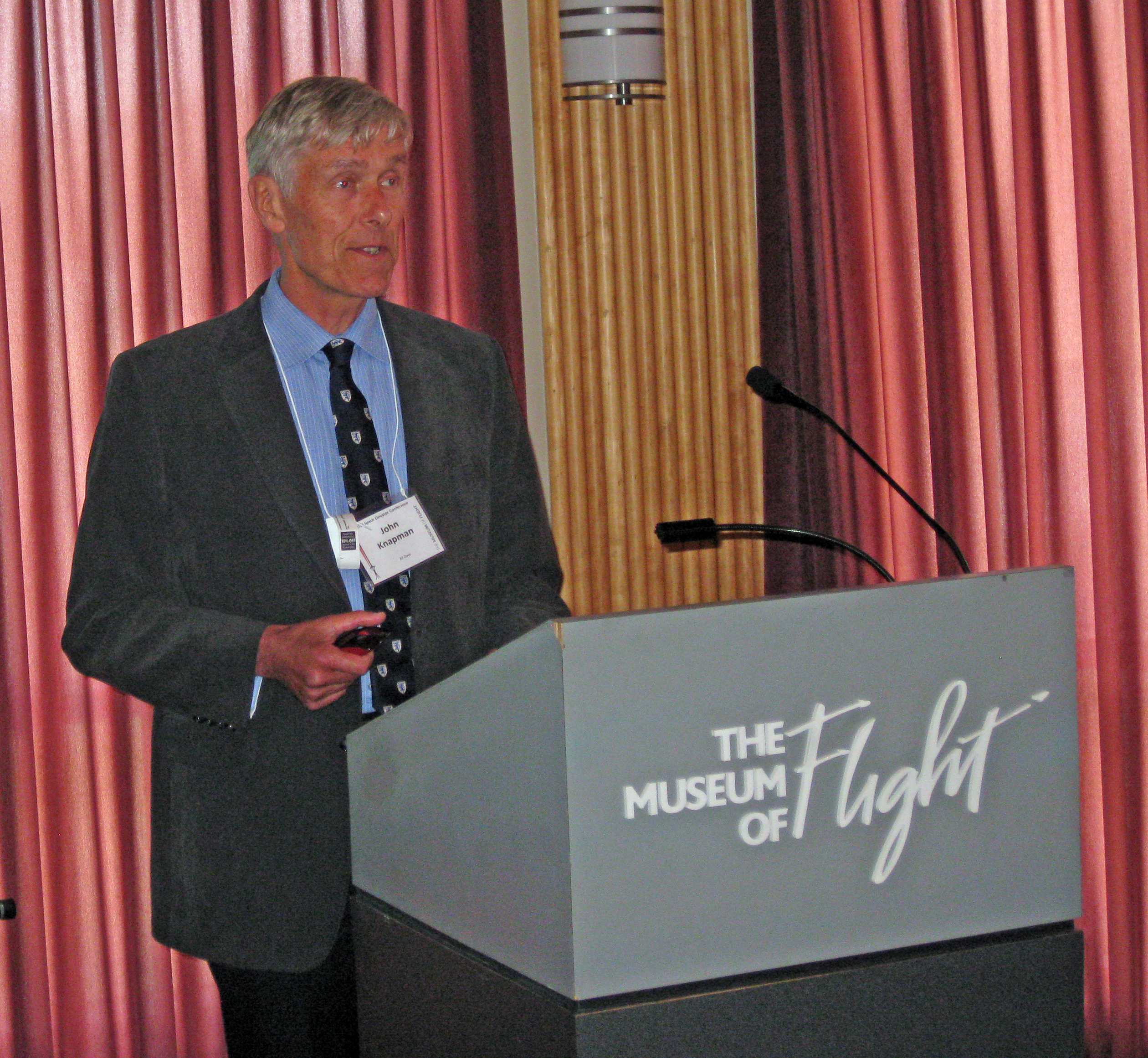
 The October issue of the ISEC eNewsletter has just been released to the ISEC email list. Lots of interesting articles in this edition including a summary of one of the mini-workshops from the 2014 ISEC Space Elevator Conference and a call for help with space elevator simulation tools.
The October issue of the ISEC eNewsletter has just been released to the ISEC email list. Lots of interesting articles in this edition including a summary of one of the mini-workshops from the 2014 ISEC Space Elevator Conference and a call for help with space elevator simulation tools.
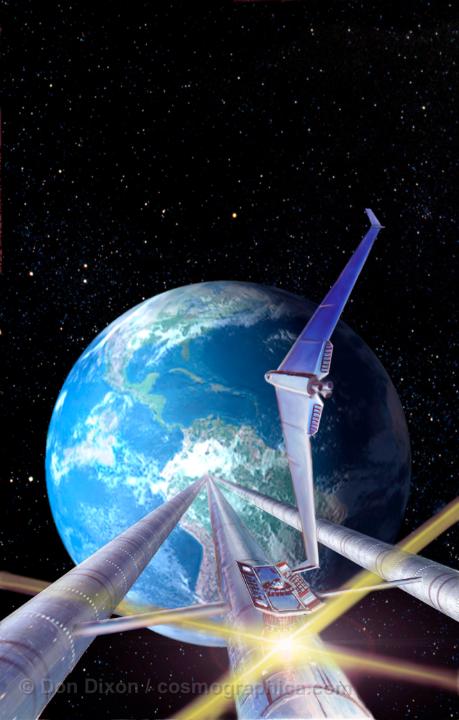

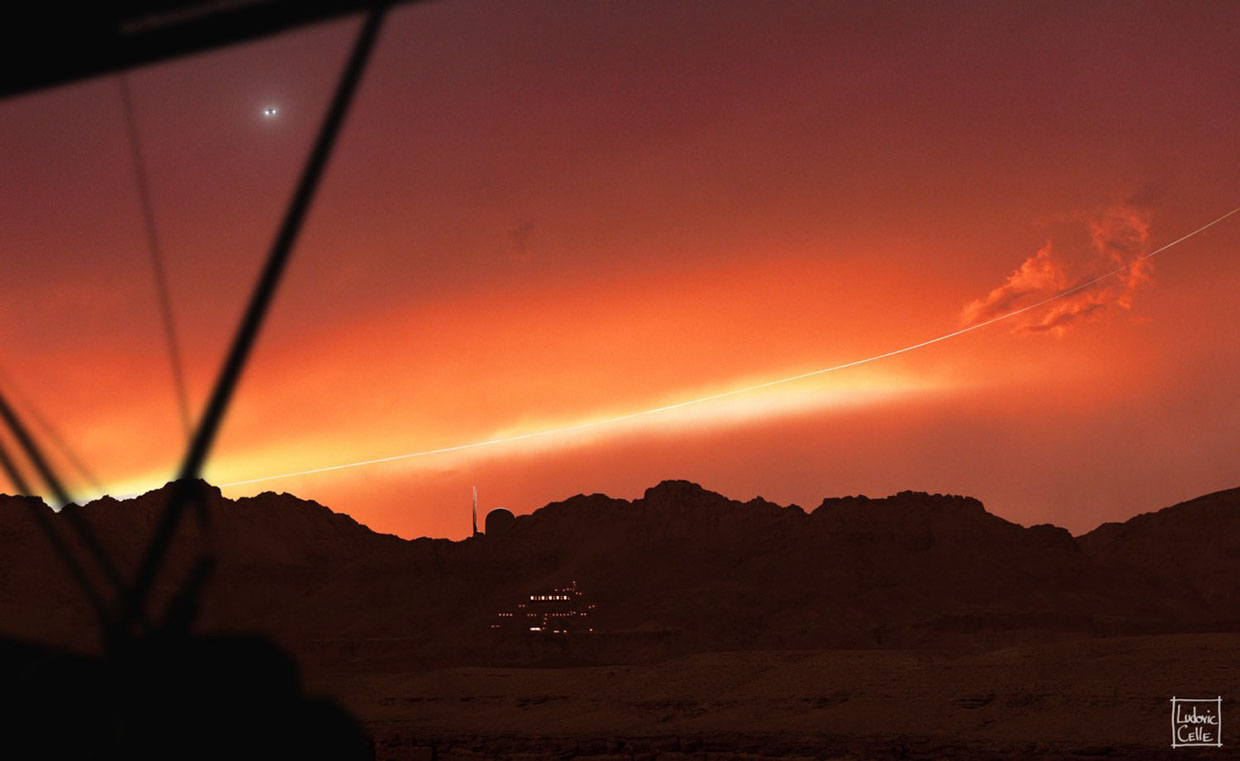


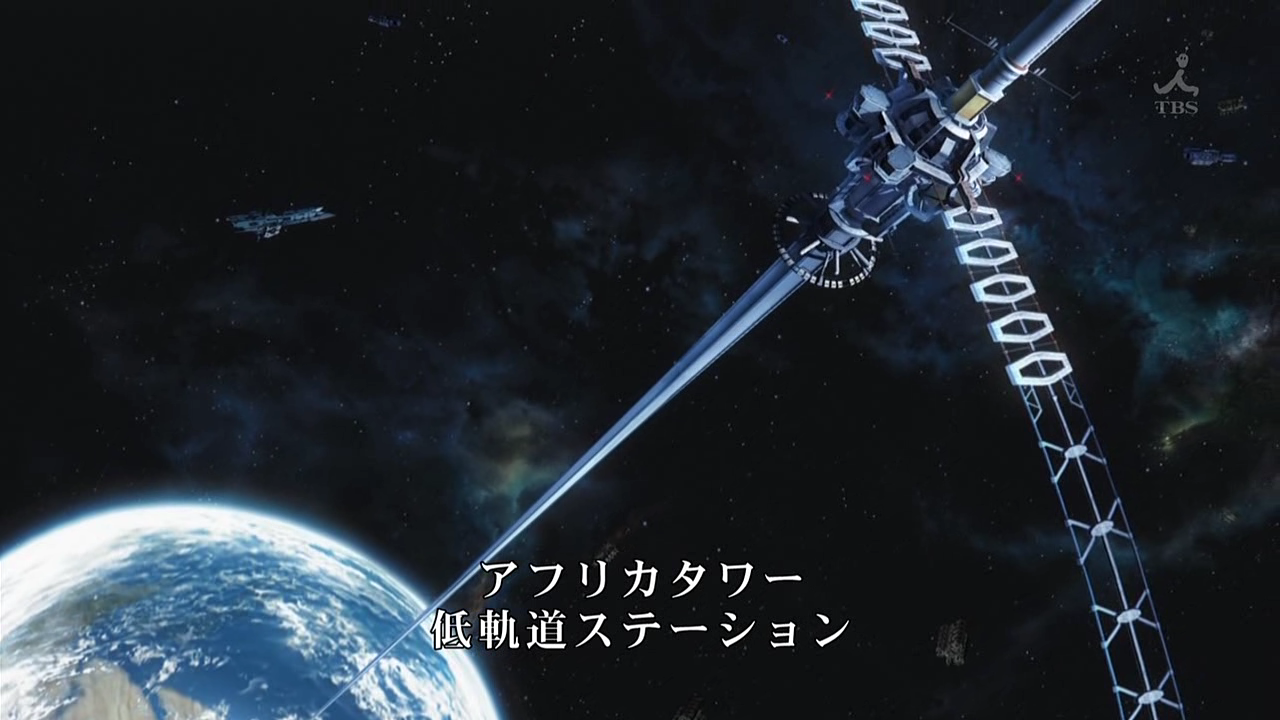
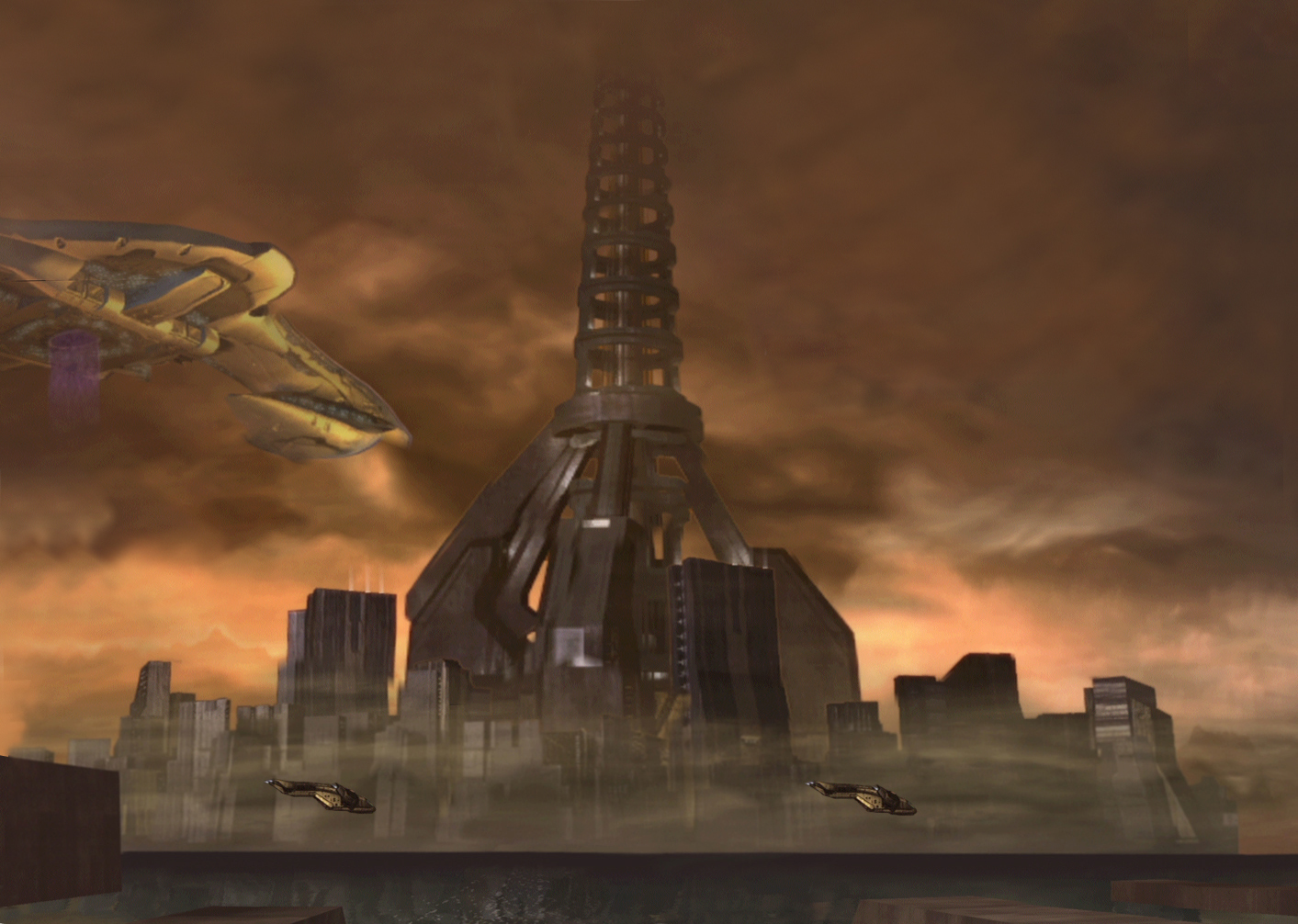
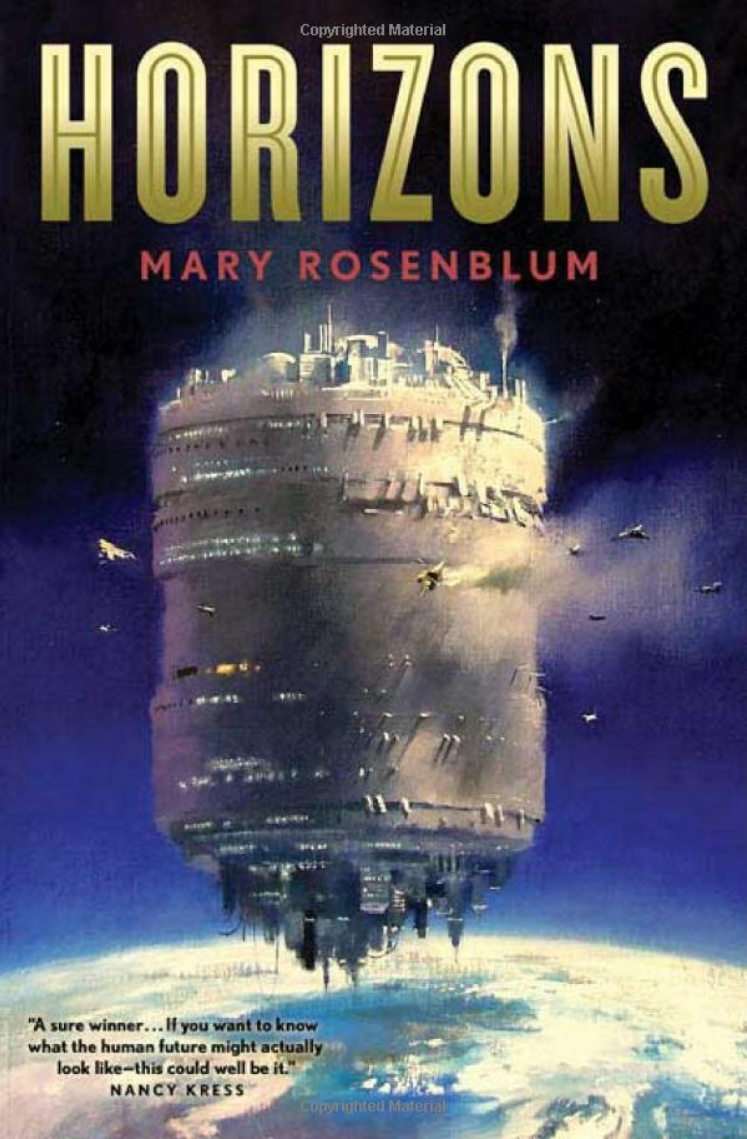
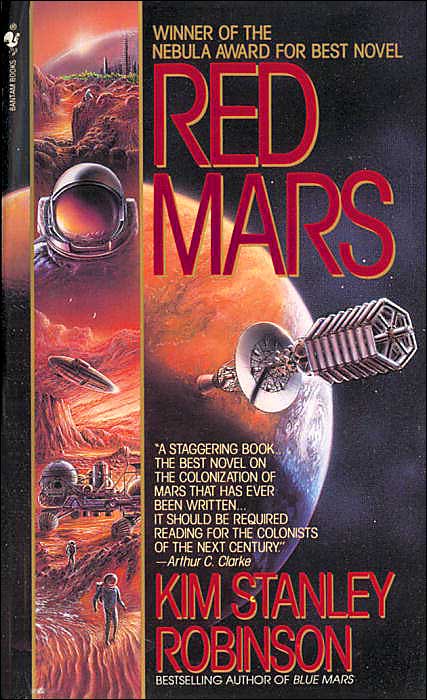

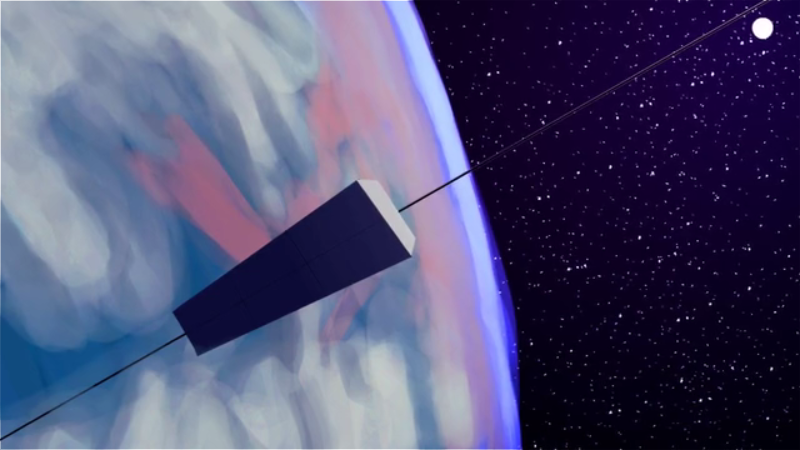
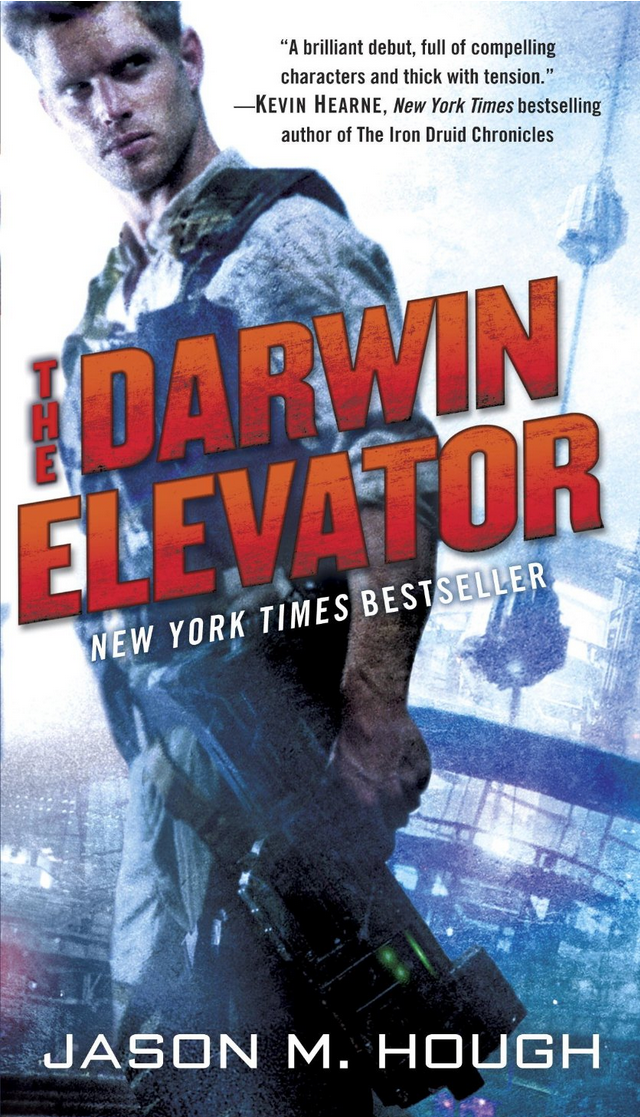

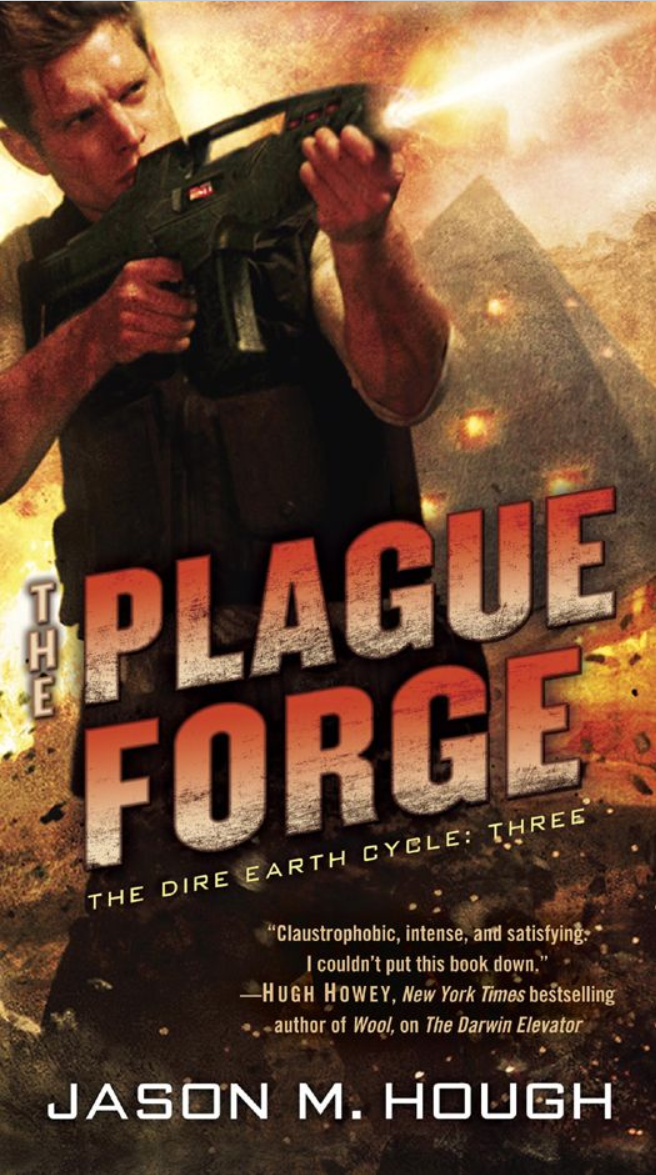
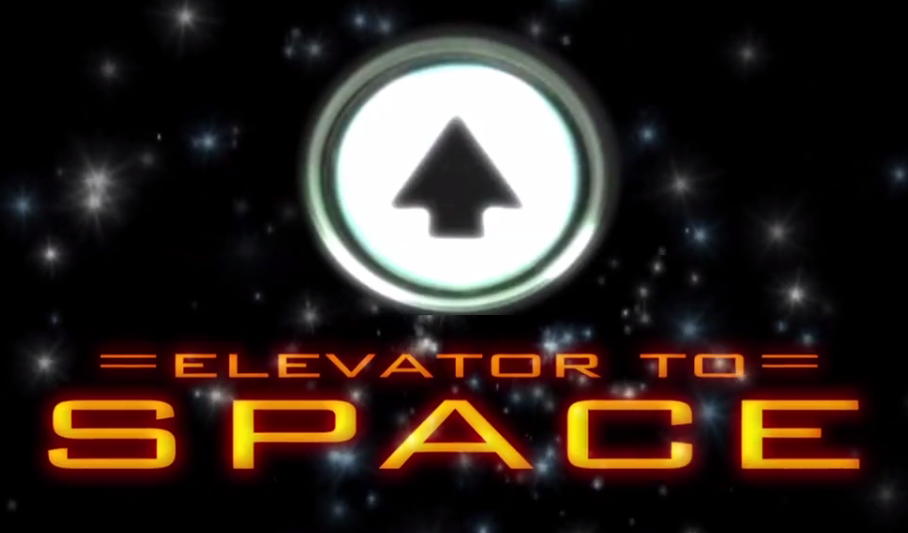 Several years ago, 4 comics (
Several years ago, 4 comics ( A few days ago, I was able to share the happy news that the Space Elevator Documentary Sky Line had been successfully funded via Kickstarter.
A few days ago, I was able to share the happy news that the Space Elevator Documentary Sky Line had been successfully funded via Kickstarter.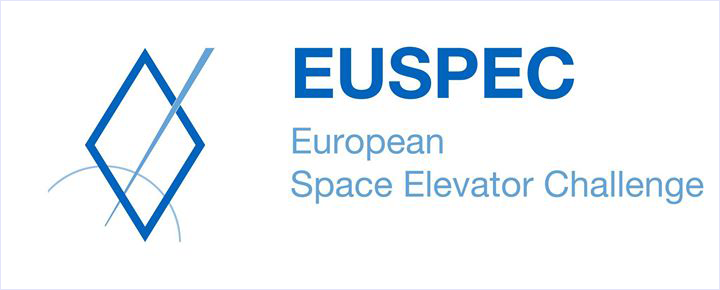 Details are very sketchy, but the good folks who ran the previous EUSPEC (European Space Elevator Challenge) have announced a new competition for 2015. From their
Details are very sketchy, but the good folks who ran the previous EUSPEC (European Space Elevator Challenge) have announced a new competition for 2015. From their  Yet another space-elevator-related crowd funding effort has gotten underway, this time on Indiegogo. Whereas the three previous space-elevator-related crowd funding efforts have been fairly modest in their goals ($8K for the initial
Yet another space-elevator-related crowd funding effort has gotten underway, this time on Indiegogo. Whereas the three previous space-elevator-related crowd funding efforts have been fairly modest in their goals ($8K for the initial 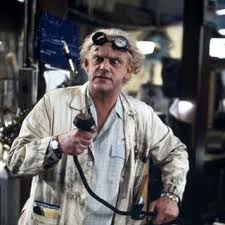

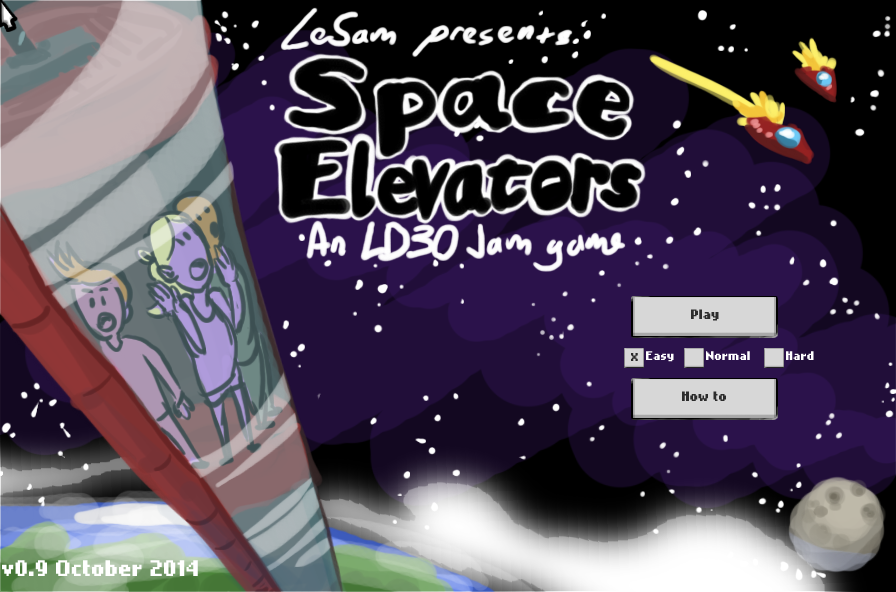

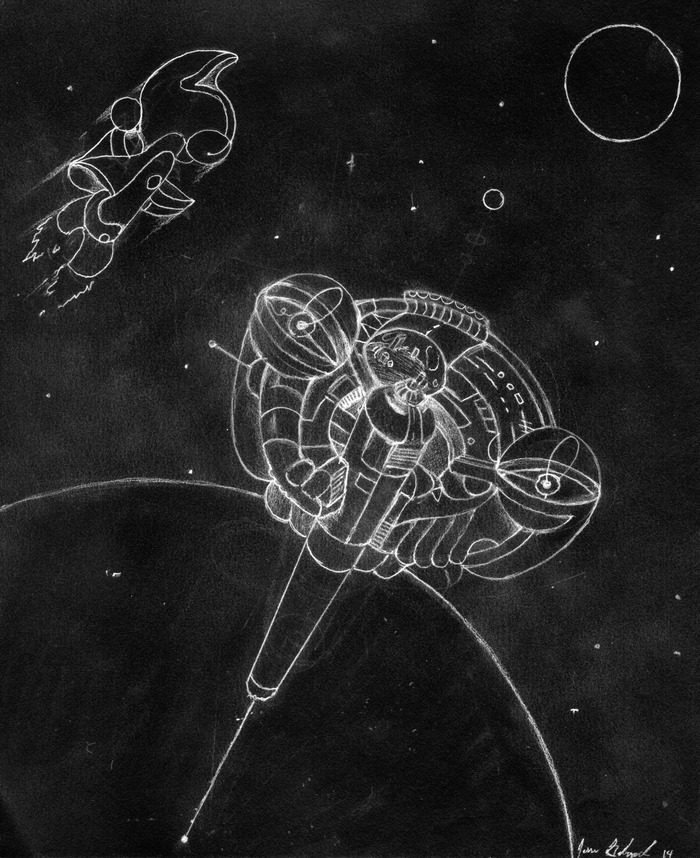
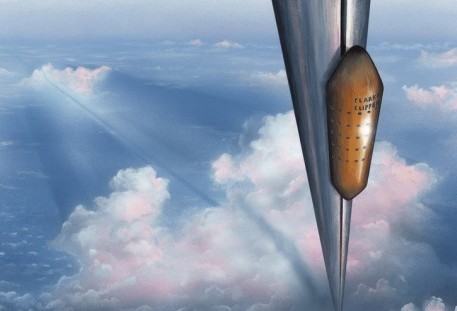
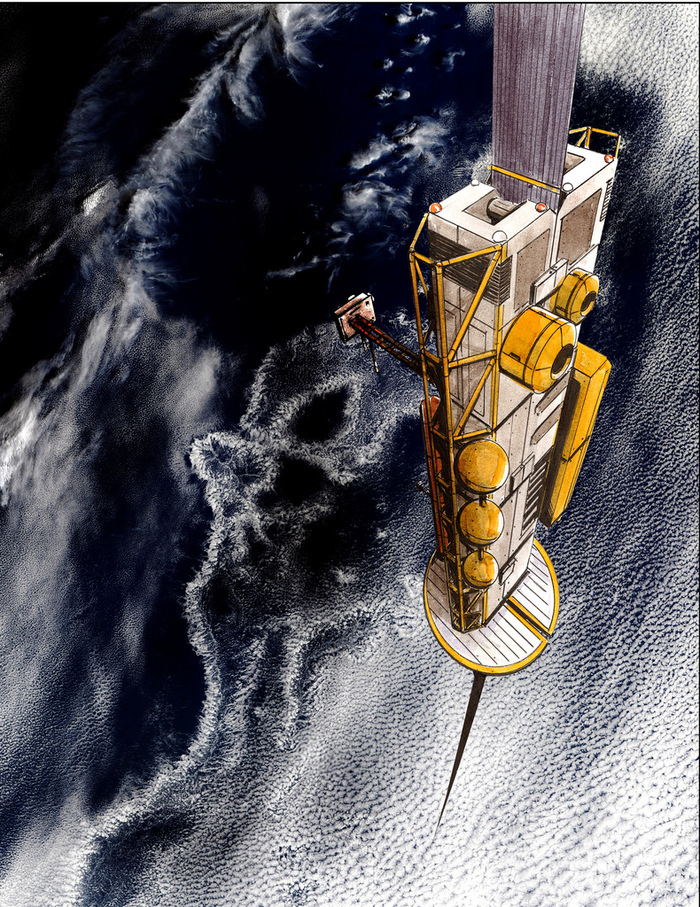
 Now posted on the ISEC website is
Now posted on the ISEC website is 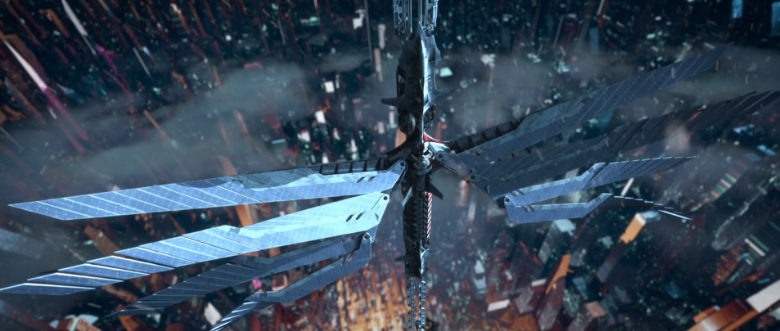 In January of this year, I
In January of this year, I  As many of you know, there are currently two Space Elevator documentaries in the works and both of them are hoping to raise enough funds via Kickstarter to help them finalize their project.
As many of you know, there are currently two Space Elevator documentaries in the works and both of them are hoping to raise enough funds via Kickstarter to help them finalize their project. In February of 2012, the Japanese construction company
In February of 2012, the Japanese construction company 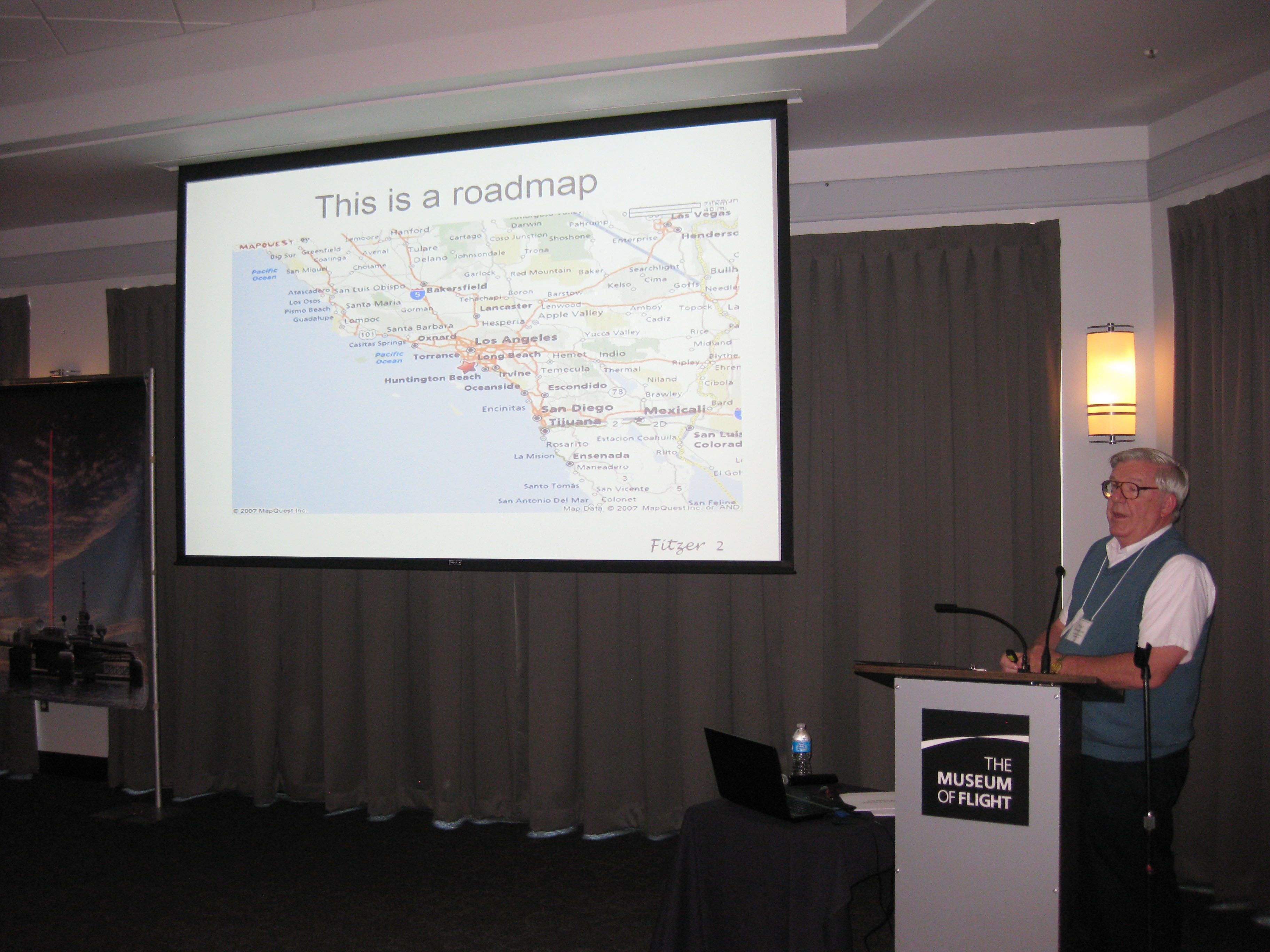

 A Tether project proposed by
A Tether project proposed by 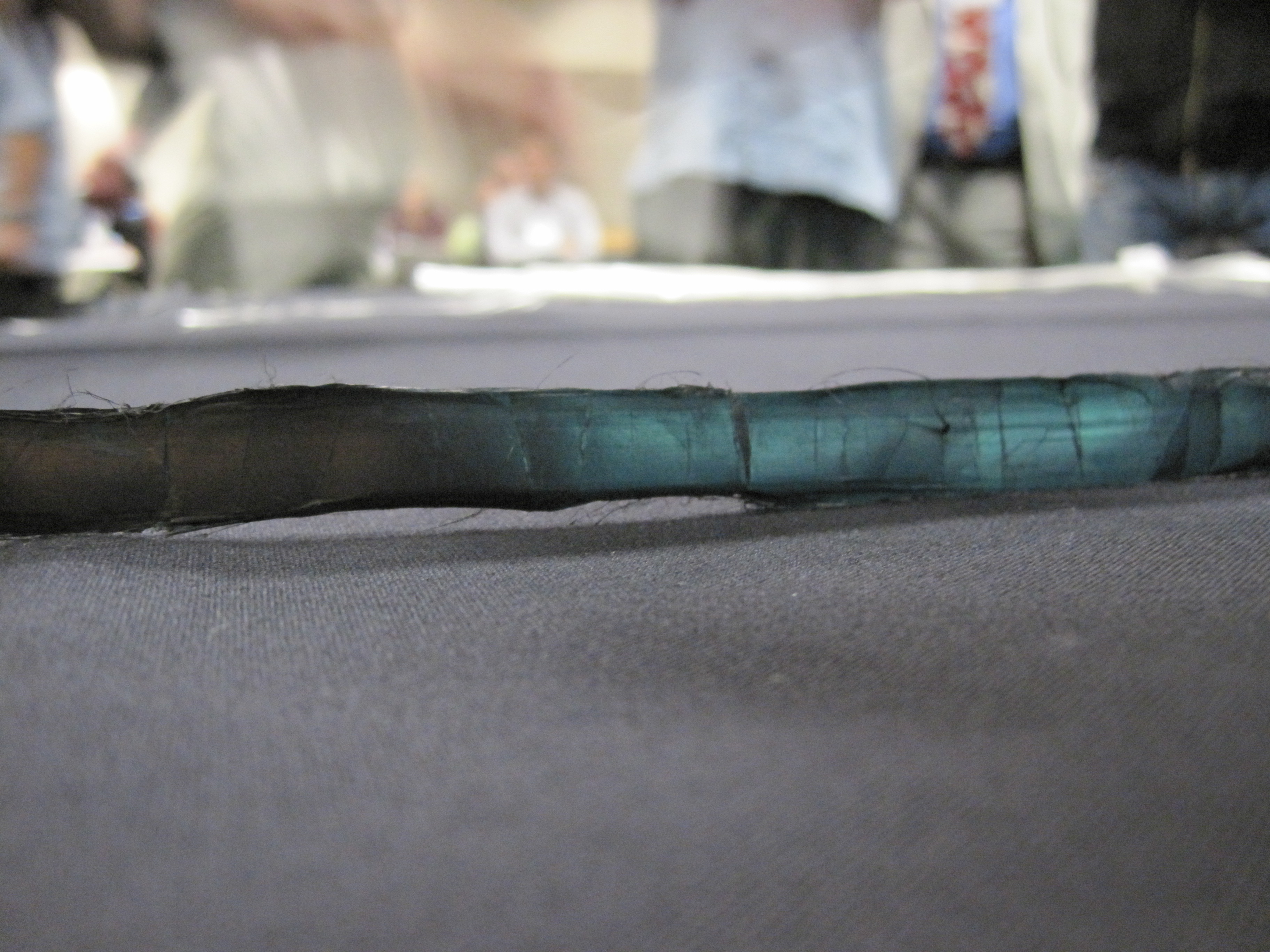

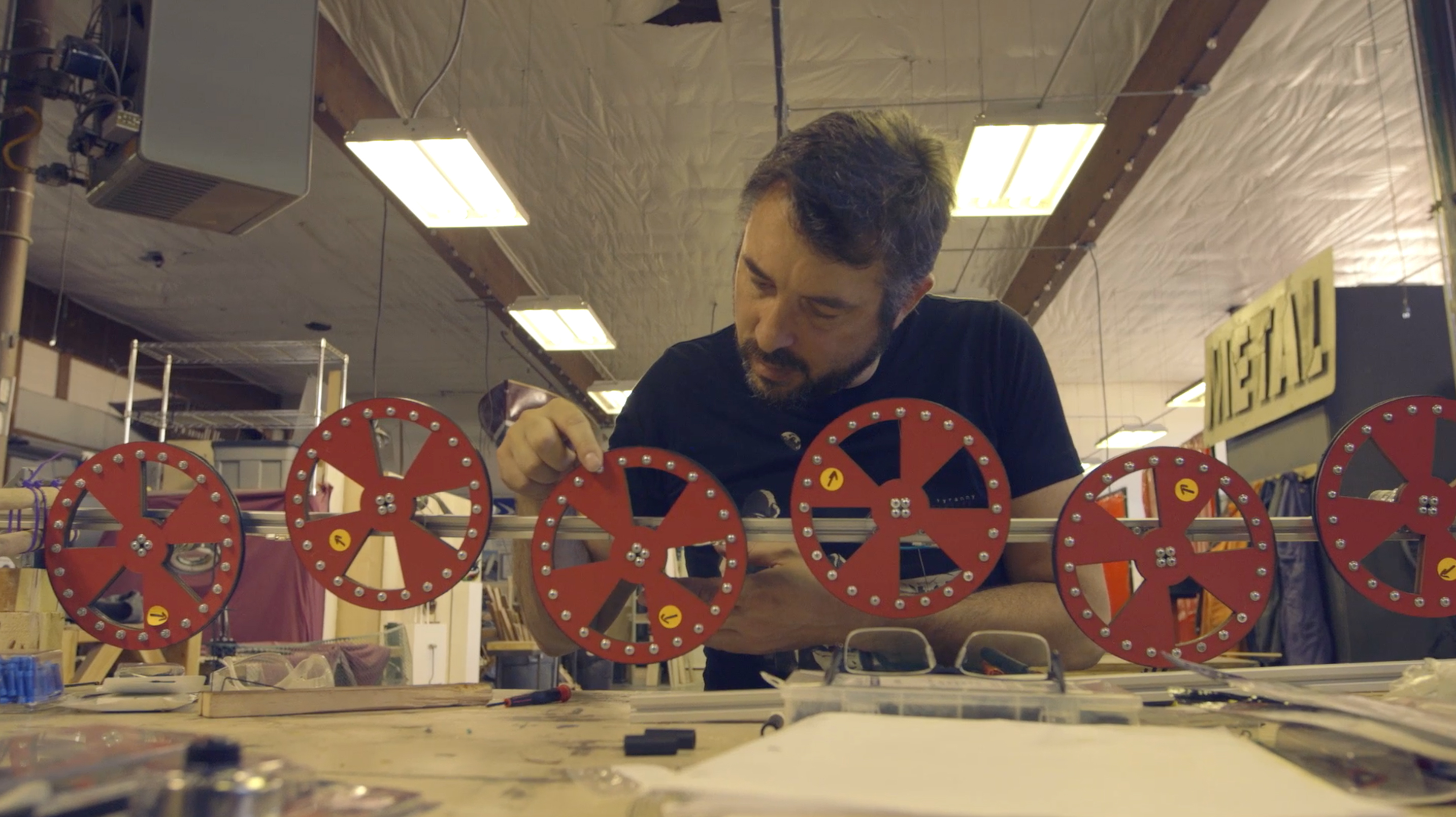
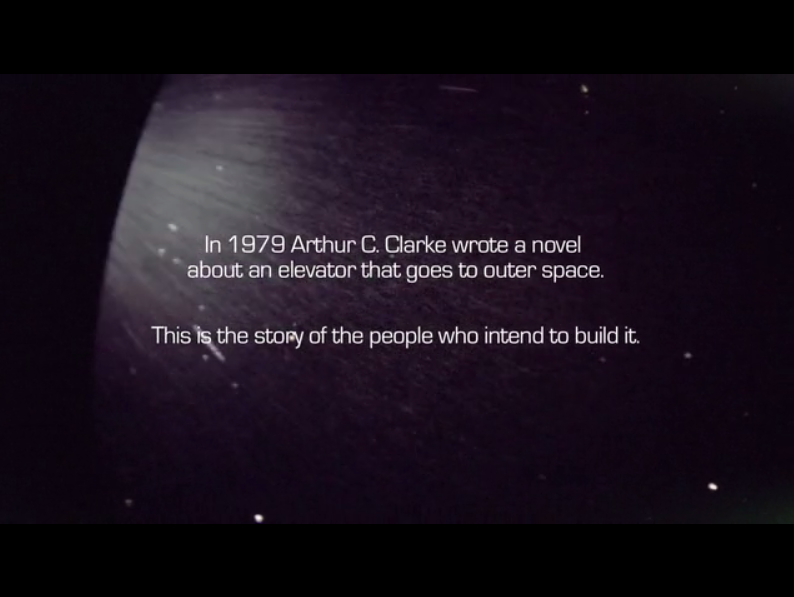 I have blogged earlier about Sky Line, the new Space Elevator Documentary being produced by Going Up! Films and have asked all of you to support their
I have blogged earlier about Sky Line, the new Space Elevator Documentary being produced by Going Up! Films and have asked all of you to support their 
 The September, 2014 ISEC eNewsletter has now been published and is available
The September, 2014 ISEC eNewsletter has now been published and is available  The International Astronautical Foundation is hosting its
The International Astronautical Foundation is hosting its  A new space elevator documentary is being created and it needs your help! The good folks over at Going Up! Films have been following all of the efforts in the space elevator arena for the past several years, interviewing and filming, and they are now ready to finalize the documentary film they are creating.
A new space elevator documentary is being created and it needs your help! The good folks over at Going Up! Films have been following all of the efforts in the space elevator arena for the past several years, interviewing and filming, and they are now ready to finalize the documentary film they are creating.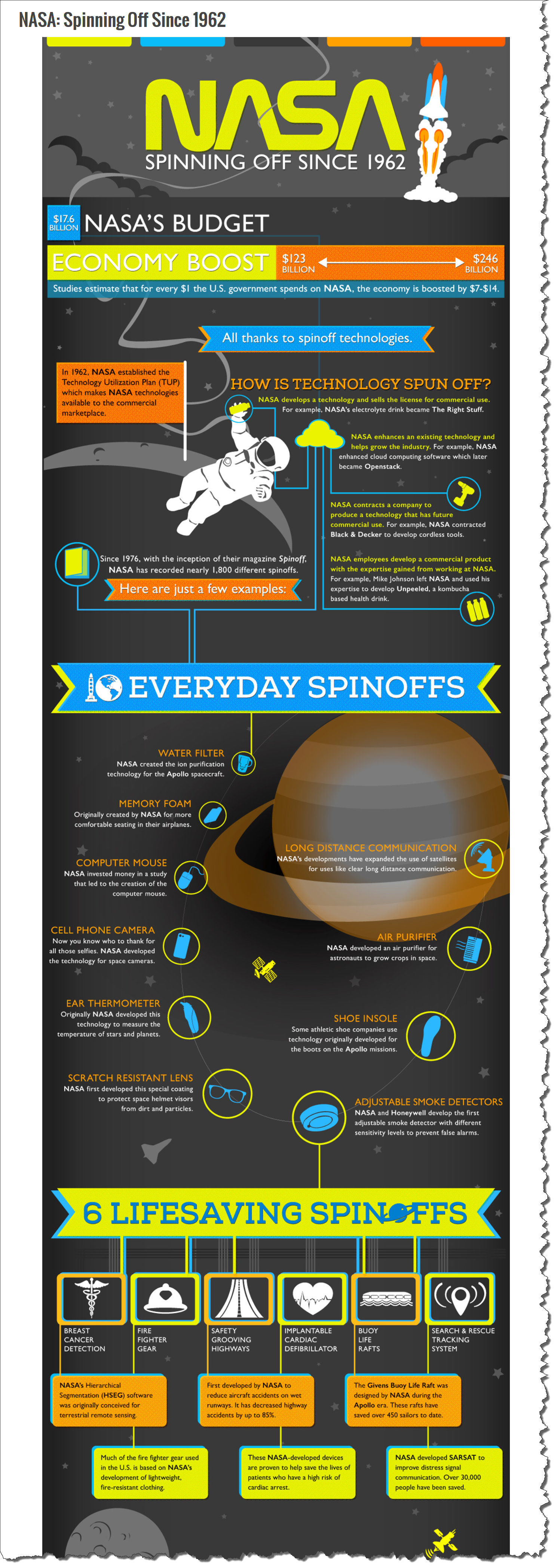
 In the
In the  The first graphic shows how a space elevator is “held up” by using the comparison to holding a stick with a rope attached to it and, the other end of the rope attached to some sort of counterweight. Spin the rope about your head (or, in the post’s example, spin your entire body) and, if you’re going fast enough, the rope will stick out straight from you towards the counterweight simulating the appearance of a space elevator. This is a common enough analogy, but does have its flaws. A space elevator is held up by balancing the forces of gravity and centrifugal force but this analogy is only demonstrating the centrifugal force portion. You (or the stick) have taken the place of gravity by holding the “earth-end” of the tether and keeping the counterweight from flying away. But I can’t think of a better way to demonstrate it and it does have the advantage of quickly being able to demonstrate the basic idea. In the graphic though, it shows Geostationary orbit (GEO) much closer to the counterweight than to the earth and the center of mass of the system at GEO (that’s where the arrows in the graphic seem to be pointing to). Using the standard
The first graphic shows how a space elevator is “held up” by using the comparison to holding a stick with a rope attached to it and, the other end of the rope attached to some sort of counterweight. Spin the rope about your head (or, in the post’s example, spin your entire body) and, if you’re going fast enough, the rope will stick out straight from you towards the counterweight simulating the appearance of a space elevator. This is a common enough analogy, but does have its flaws. A space elevator is held up by balancing the forces of gravity and centrifugal force but this analogy is only demonstrating the centrifugal force portion. You (or the stick) have taken the place of gravity by holding the “earth-end” of the tether and keeping the counterweight from flying away. But I can’t think of a better way to demonstrate it and it does have the advantage of quickly being able to demonstrate the basic idea. In the graphic though, it shows Geostationary orbit (GEO) much closer to the counterweight than to the earth and the center of mass of the system at GEO (that’s where the arrows in the graphic seem to be pointing to). Using the standard 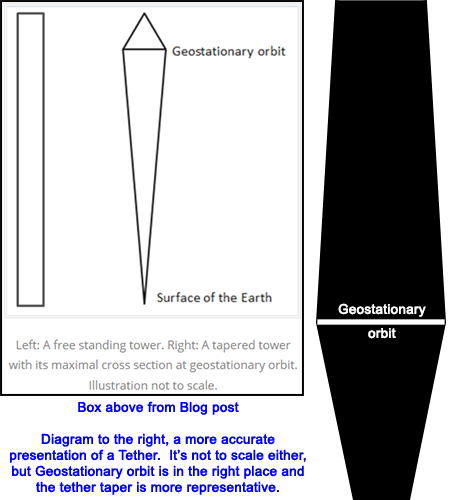
 Some months ago, Dr. Brad Edwards made an appearance at the
Some months ago, Dr. Brad Edwards made an appearance at the  According to his talk, we now have the carbon nanotubes necessary to build a space elevator. Oh, if only that were true. I wish, I wish, I wish… Yes, there have been carbon nanotubes built which are 55 cm long and yes, there have been carbon nanotubes which have tested out at 200 GPa, but not at the
According to his talk, we now have the carbon nanotubes necessary to build a space elevator. Oh, if only that were true. I wish, I wish, I wish… Yes, there have been carbon nanotubes built which are 55 cm long and yes, there have been carbon nanotubes which have tested out at 200 GPa, but not at the